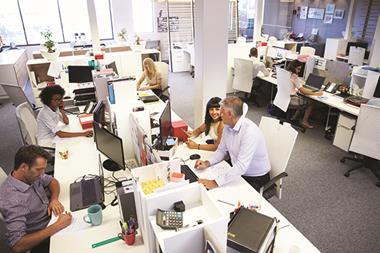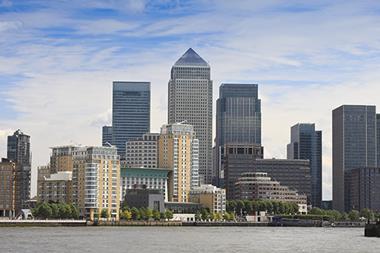Over the past few years Property Week has frequently cited the trend of ‘hotelification’ in prime office development.

As most readers will be well aware, it has become commonplace for newly developed or refurbished office buildings – or at least those aiming for high-end occupants – to feature spacious, tastefully furnished spaces that deliberately ape the lobbies and lounges of nice hotels. Similarly, today’s active commuters are likely to find shower rooms and changing facilities modelled on hotel gyms.
It’s a trend that has been accelerated by the rise of the flexible workspace and the aftermath of lockdowns. As employers struggle to get workers back to their desks, they are understandably keen to make a day in the office feel more of a pleasure than a chore, at least when compared with the kitchen table.
Of course, this approach won’t work for all office buildings, as the other kind of hotelification demonstrates: the literal conversion of obsolete office buildings into actual hotels.
As we explore this week, this is a trend that may prove short-lived in certain districts such as the City of London. But for now, office-to-hotel conversion offers a potentially effective way to recycle an urban building, particularly those that may lack the floor-to-ceiling height required for today’s ideal workspace.
High-end residential spaces with all the facilities and services of a hotel seems like a winning combination
Few former offices will be as eye-catching as the BT Tower, but most won’t need to be. Even as offices purloin the design language of the posh end of hospitality, some office buildings may be destined for the budget end of the overnight business, through conversion into pod-space and hostel accommodation.
It is not just offices that are taking their cues from hotels, however. As we highlight this week, Native Land’s new Mandarin hotel at London’s Bankside Yards will incorporate 70 serviced apartments, bringing the hotelification of homes down a notch from the gaggle of co-branded residences found in Chelsea and Mayfair.
High-end residential spaces with all the facilities and services of a hotel seems like a winning combination. Assuming you can afford it, who wouldn’t prefer their meal delivered on a linen-lined trolley by room service over a bag of burgers slung at you by a breathless Deliveroo rider?
But home-plus-hotel is not the only combination finding favour at the moment. As Canvas Offices chief executive Yaron Rosenblum argues in our interview this week, a rising trend may prove to be the ‘homeification’ of flexible workspaces. The thinking here is that the place you feel most relaxed is likely to be the home, not a starchy hotel. “A hotel is a place you go to for a day or a week, but an office you go to for years,” Rosenblum asserts. “Why would you design something that feels great but doesn’t feel like home, when we want [people] to stay?”
What will be the next alluring combination, I wonder? Covid brought the office into our homes so it seems the only combination left is, presumably, the homeification of hotels.
One day, when you arrive at a hotel check-in desk to find not a smiling receptionist but a lovely labradoodle, wagging its tail and running in circles with excitement, remember who predicted it first.





























No comments yet